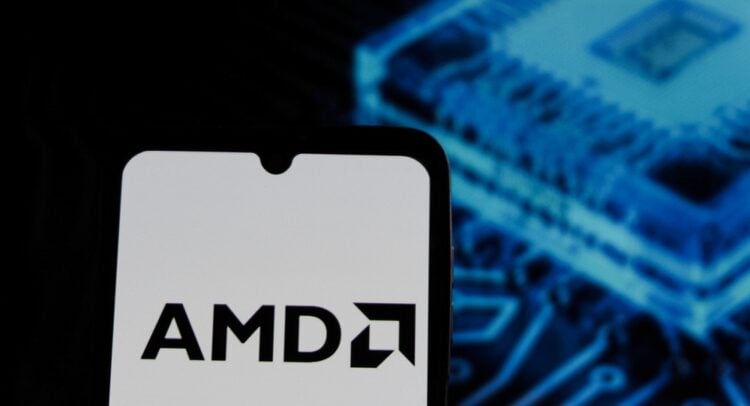Advanced Micro Devices (AMD) has partnered with the U.S. Department of Energy (DOE) in a $1 billion deal to build two powerful supercomputers, according to a Reuters report. The systems, named Lux and Discovery, will help tackle major scientific challenges such as nuclear energy research, cancer treatment, and national security. AMD stock gained over 1% on Monday.
Elevate Your Investing Strategy:
- Take advantage of TipRanks Premium at 50% off! Unlock powerful investing tools, advanced data, and expert analyst insights to help you invest with confidence.
The collaboration was confirmed by AMD CEO Dr. Lisa Su and Energy Secretary Chris Wright, who told Reuters that the partnership aims to ensure the U.S. has the computing power needed to run complex experiments.
Wright also said that the AI-driven systems will dramatically speed up progress in fusion energy, nuclear defense technologies, and cancer research. “My hope is in the next five or eight years, we will turn most cancers, many of which today are ultimate death sentences, into manageable conditions,” he added.
Meet Lux and Discovery
The first supercomputer, Lux, is expected to be launched within six months. It will use AMD’s MI355X AI chips, along with AMD-made CPUs and networking parts.
Importantly, the project is a joint effort by AMD, Hewlett Packard Enterprise (HPE), Oracle (ORCL) Cloud, and Oak Ridge National Laboratory (ORNL). Lux will deliver three times the AI capacity of current supercomputers, according to ORNL Director Stephen Streiffer. The system will be installed at ORNL in Tennessee.
The second system, Discovery, is expected to be even more advanced. Set to launch in 2029, it will use AMD’s MI430 chips, which are designed for high-performance computing and AI workloads. Discovery will be housed at Lawrence Livermore National Laboratory in California.
Overall, both machines are designed to handle massive datasets and complex simulations.
Why This Deal Matters for AMD
The partnership reflects AMD’s growing role in high-performance computing (HPC) and AI infrastructure, two sectors with long-term growth potential. It also positions AMD as a key player in government-backed innovation, alongside rivals like Nvidia (NVDA) and Intel (INTC).
Further, it strengthens the company’s position in the global tech race, especially as export restrictions and geopolitical tensions continue to impact the competitive scenario.
With its power-saving chip design and expanding GPU portfolio, AMD is poised to support the next big advances in AI.
Is AMD a Buy or Sell Now?
Turning to Wall Street, AMD stock has a Moderate Buy consensus rating based on 29 Buys and 10 Holds assigned in the last three months. At $249.92, the average AMD price target implies a 2.31% downside risk.
First Appeared on
Source link













